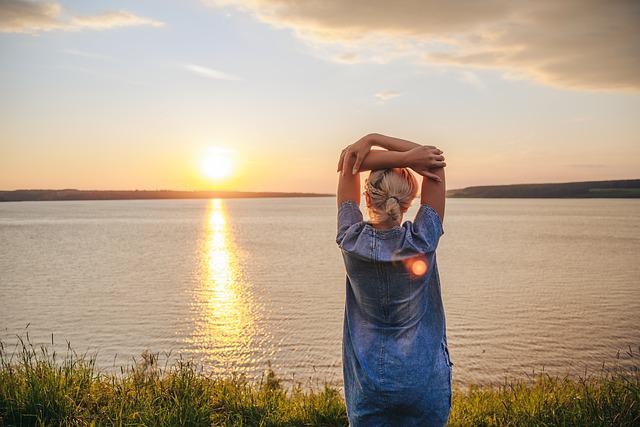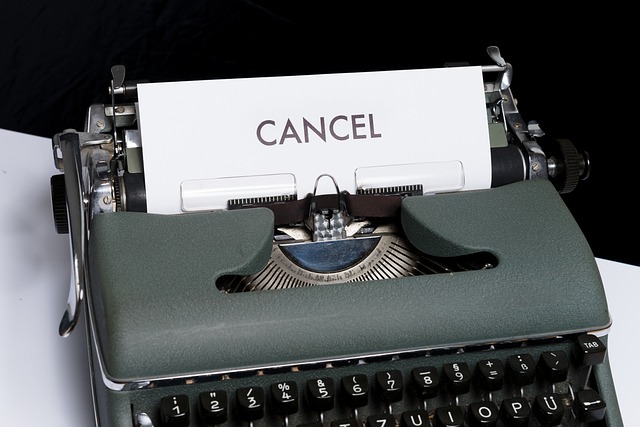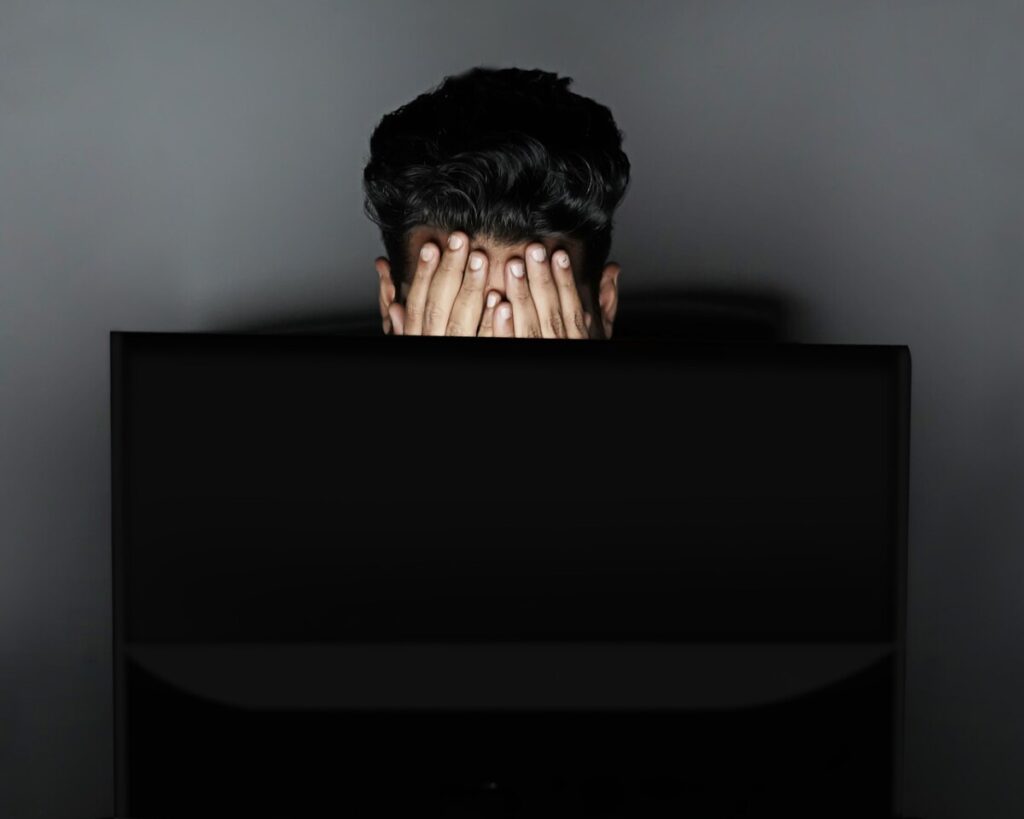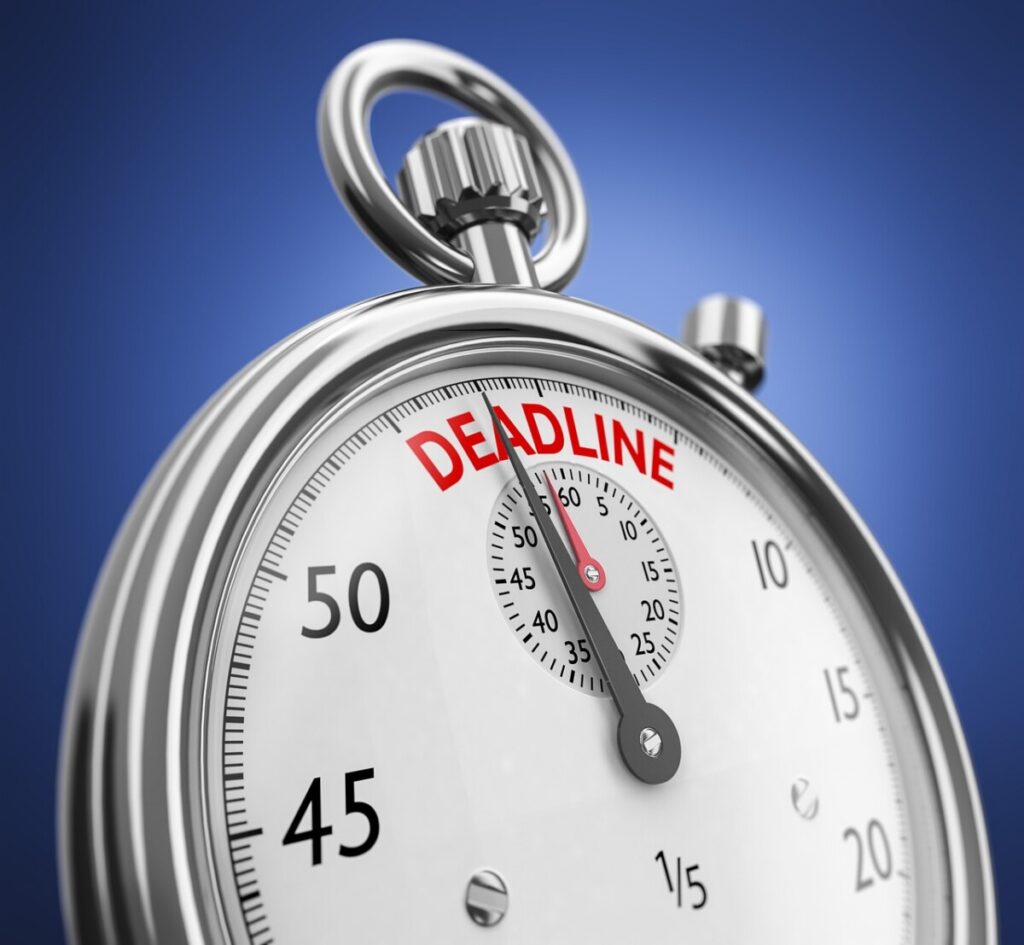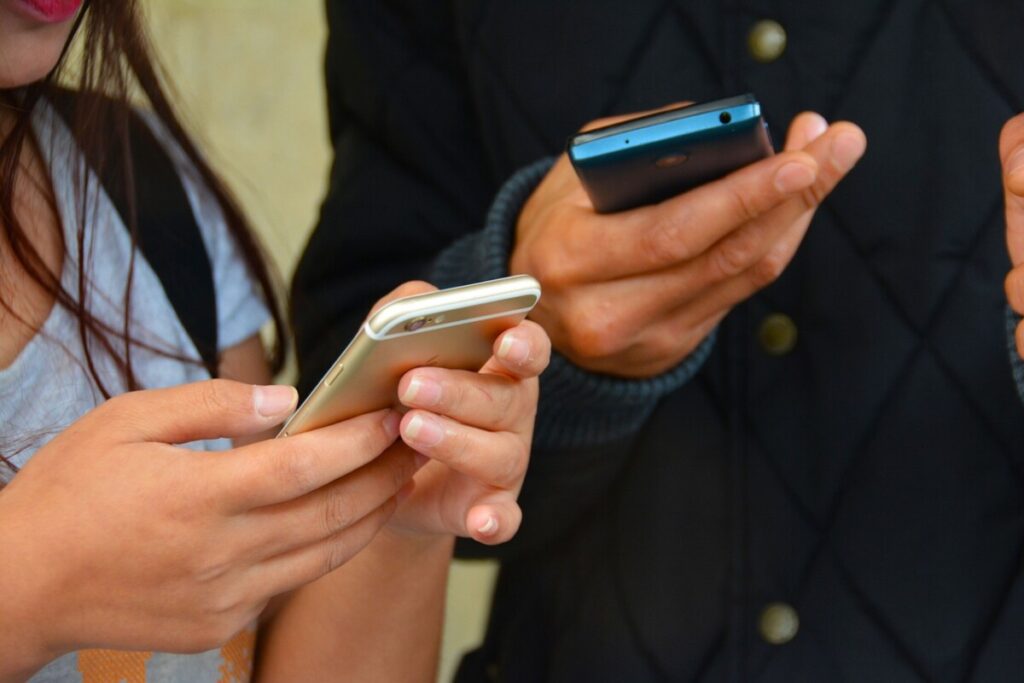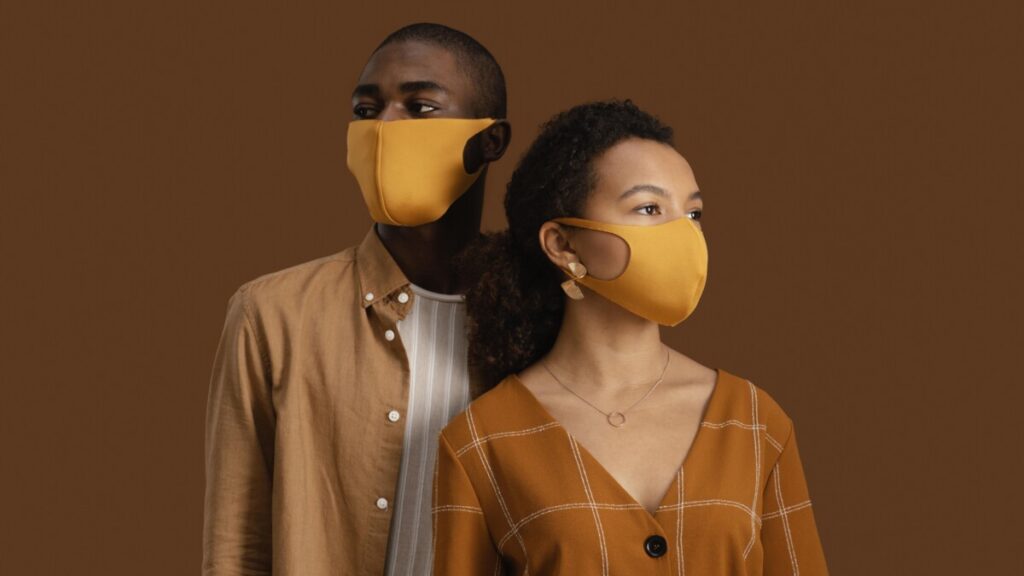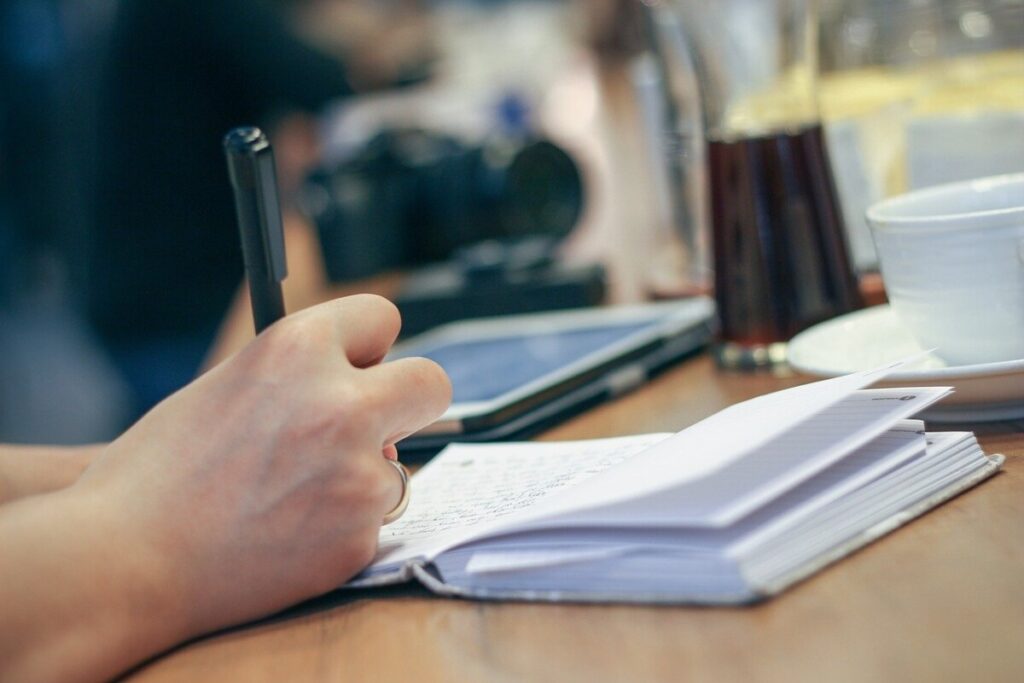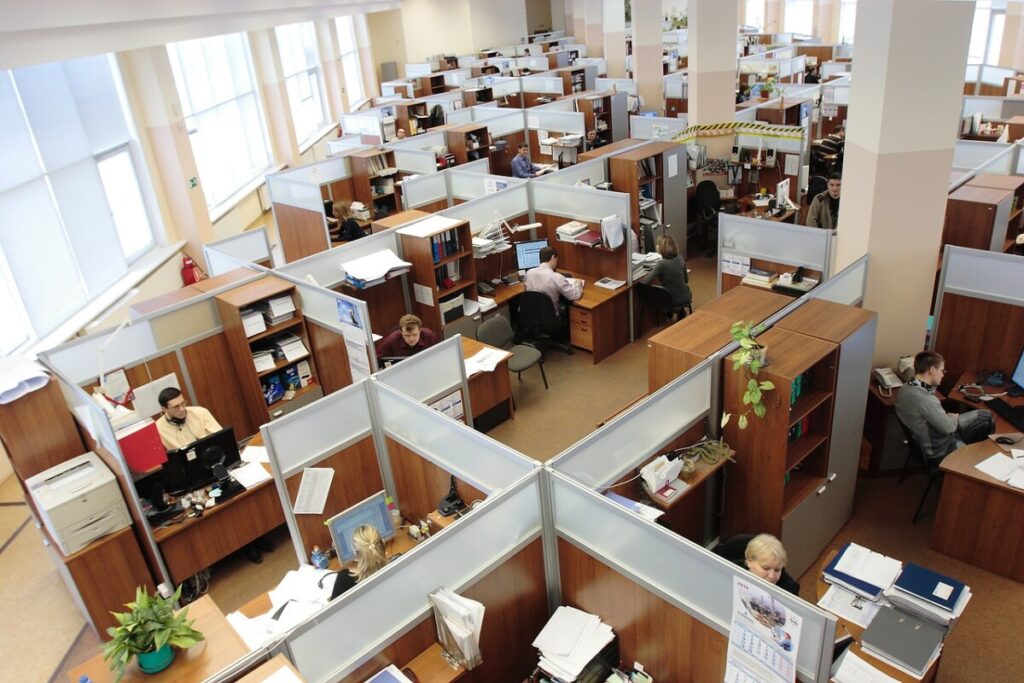The readings on ethics in business and design changed my perspective a bit on how licensing and process of using other works function in practice. I knew most on how the process worked; the agreement to use another’s content for a project, the acknowledgement that the designer who created a piece owns the right to it as in the credit and the ethical stance to use the work for its intended purposes. What I didn’t know was how extensive the process can be, especially in terms of copyright on an artist’s work. From AIGA’s Use of Illustration, I learned that any work an artist creates the moment it’s created is automatically copyrighted to that artist but they can officially have it on record by submitting forms to the Copyright Office. Other extensive parts that I learned is the signing and use of a non-disclosure agreement form for designer and client, done to acknowledge and disclose fair use of a given work and content. Even though this is an extensive process, it’s done for the sole purpose of legal protections and rights for the designer’s work to ensure ethical transactions in business between the designer and client.
My thoughts on the Fairey Copyright Case are a bit conflicted due to the two works in question and the overall outcome. The poster itself is an artistic rendition of an existing photograph of Obama, it does not actually use the photo itself in direct copy but it does clearly reference it. Learning more about the case, Fairey did use the photo in his design as the base and added the colored layers through Adobe programs creating the unique aesthetic and look but the overall result is two different products entirely. Most of the issues that resulted in the case were mainly human error; Fairey did not fully check to see if he could actually use the photo and incorrectly credited his source and reference. This then led to him being defiant when accusations were raised against him which then escalated into the full court case. I personally feel that the whole issue could have been easily resolved with Fairey simply acknowledging his mistake and paying compensation or taking down the work entirely.
Looking back to when I used others’ content for graphic design work, I mainly used free stock photos provided by online sites such as Pixabay. This was done as a starting point back when I was just learning how to design ads, and I didn’t have that much experience in photography and illustration to create my own visuals nor had the funds to purchase quality stock photos. As time went on and I grew in experience, I started to use my own content and would only use stock photos if I was unable to produce the visuals I needed for a specific project. Every time I did use stock photos, I would mainly source the site where I acquired the images as there’s often no name credited or are just hard to find on the site itself. Most of the work I produced using stock photos were for class assignments, not commercial use and I personally wouldn’t want to use stock images for content I wish to sell and/or commission. To develop my skills as a graphic designer, it would be better to produce and sell my own content rather than use stock photos that tend to be generic and to also avoid any issues.
Citations:
Crawford, Tad. “Guide to Copyright”. AIGA Business Ethics. AIGA, 2009.
Comport, Allan; Holland, Brad; Rogers, Glenda; Shannon, Tammy. “Use of Illustration”. AIGA Business Ethics. AIGA, 2009.
Kennedy, Randy. “Shepard Fairey Is Fined and Sentenced to Probation in ‘Hope’ Poster Case.” The New York Times, The New York Times, 7 Sept. 2012, https://artsbeat.blogs.nytimes.com/2012/09/07/shephard-fairey-is-fined-and-sentenced-to-probation-in-hope-poster-case/.
